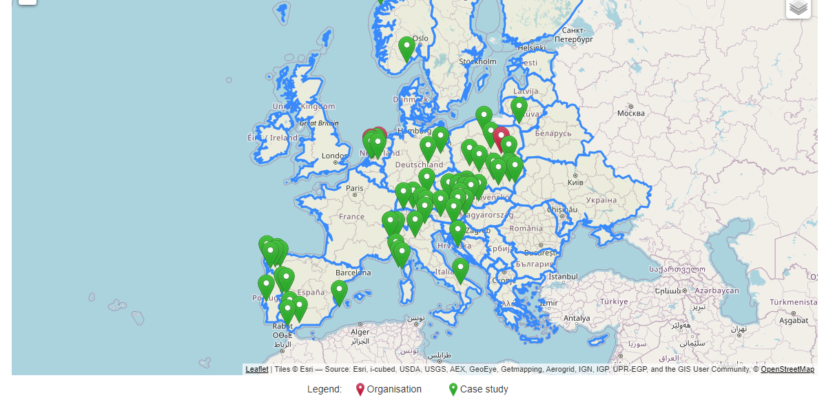In April 2022, the final version of the IM-SAFE Knowledge Base was delivered. This base, also called IM-SAFE Semantic Wiki, aims to consolidate the (technical) knowledge generated through the partners in the project to a wider and public audience.
From the content perspective, IM-SAFE Wiki provides a joint deliverable that focuses on data and information concerning:
- Deliverable 1.2: Online best practice guide, (monitoring systems) based on 50 case studies.
- Deliverable 2.1: Online interactive catalogue of surveying technologies for transport infrastructure.
- Deliverable 3.2: Interactive wiki-like Map to contain information on how countries in Europe deal with risk management and KPIs.
In IM-SAFE Semantic Wiki, there are three main tabs made for:
- Case Studies (D1.2)
- Surveying Technologies (D2.1)
- Maintenance Management (D3.2)
There is also a Glossary Tab helping readers with the domain terminologies.
- The Case Studies consist of the representation of data and information on 99 infrastructure assets across Europe. The information concerns object characteristics extending to the state information, structural analysis as well as meta-data as organizations, experts names involved in this analysis, and data collection. (Released November 2021)
- The Surveying Technologies tab has been created based on the information gathered from the review of the different surveying technologies studied within the IM-SAFE project. Said information has been reviewed to identify the different classes, subclasses, object properties and their relationships to create the knowledge model. (Released April 2022)
- The Maintenance Management tab provides a concise summary and overview of the knowledge related to the Maintenance Practices for transport infrastructure, including an online interactive wiki-like map of best practice in risk management and use of KPIs. (Released April 2022)
- The Glossary contains an alphabetical list of words extensively used throughout the project. The definition of each term was inspired by different standards, scientific articles, cost actions, or similar academic sources. (Released April 2022)
From the technical perspective, this knowledge base includes developing a semantic knowledge model populating a database through ArchiXL’s Semantic platform. Semantic knowledge models help us to capture specific domain knowledge that becomes represented as class definitions, their attributes, and relationships. The information is published as “Wiki-Pages” and there are special pages that help readers to navigate through data and information in the system with the help of the knowledge model. These are pre-determined queries, overviews, and map views. This is an open system that is flexible to add new information and present it to the public until the end of the project. The data can be retrieved through open API as explained here. It can also be exported to an open-source format (e.g. JSON, CSV, RDF) that enables reusability and exploitation of information in the future.

